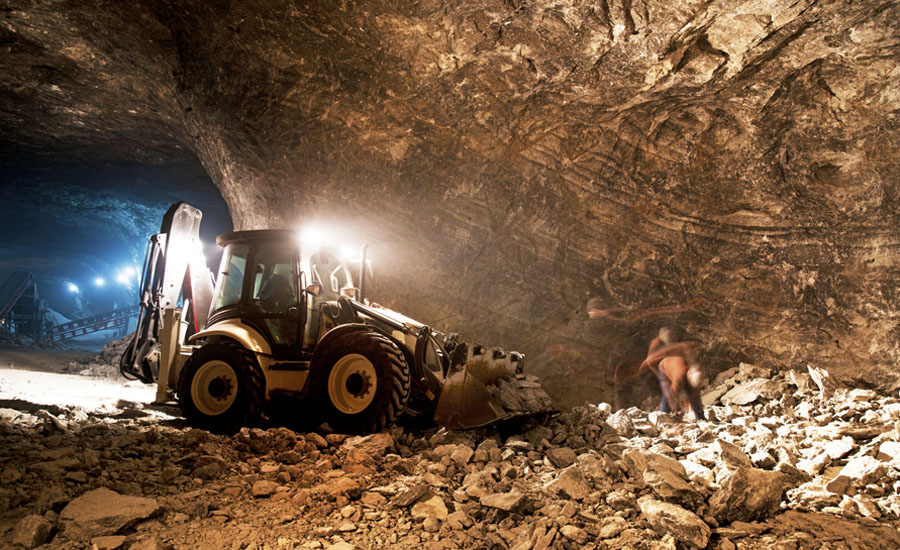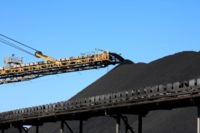There were 24 mining fatalities in the U.S. in 2019, the U.S. Department of Labor’s Mine Safety and Health Administration (MSHA) reports. This is the fewest annual fatalities ever recorded, and only the fifth year in MSHA’s 43-year history that mining fatalities were below 30. The agency said it is still reviewing two cases of possible chargeable fatalities which, if added would make the total in 2019 the second lowest number of fatalities ever recorded.
There were four deaths each in Kentucky and West Virginia; two each in Pennsylvania, Tennessee and Texas; and one each in Georgia, Illinois, Louisiana, Minnesota, Mississippi, New Mexico, Oklahoma, South Carolina, Vermont and Wyoming.
An uptick in electrocutions
“The low number of mining deaths last year demonstrates that mine operators have become more proactive in eliminating safety hazards. But I believe we can do even better,” said Assistant Secretary for Mine Safety and Health David G. Zatezalo. “A disproportionate number of mining deaths involved contractors, and we saw an uptick in electrocution accidents, with three deaths and another two close calls. In response, the MSHA launched a targeted compliance assistance effort, visiting thousands of mines to educate miners, operators and contractors on procedures that could prevent accidents like these.”
After a two-year increase in 2017 and 2018, when about half of all deaths resulted from vehicle-on-vehicle collisions, failure to use a functioning seat belt and conveyor belt accidents, MSHA responded with a multifaceted education campaign and initiated rulemaking. In 2019, the percentage of deaths caused by powered haulage accidents dropped to approximately 25% of all mining deaths.
MSHA says respirable dust levels down
MSHA collected 147,500 samples from coal and metal/nonmetal mines in 2019, a record high. The data revealed an all-time low for average concentrations of respirable dust and respirable quartz in underground coal mines, and the exposure to dust and quartz for miners at the highest risk of overexposure hit all-time lows as well. Metal/nonmetal mines achieved the second lowest average respirable dust and quartz concentrations since 2009. Metal/nonmetal mines also achieved the second lowest average elemental carbon concentration and average total concentration since 2009.
Nonetheless, there has been a resurgence in recent years of deaths due to black lung disease, which is caused by respirable coal dust. According to the Guardian, the United Mine Workers of America has called on the MSHA to enact stricter standards to regulate respirable silica dust. The the agency is currently reviewing public comments before making any changes to regulations.
The numbers
Approximately 250,000 miners work in around 12,000 metal/nonmetal mines in the U.S., while approximately 83,000 work in around 1,000 coal mines. In 2019, MSHA conducted 37,471 inspections at nearly 13,000 mines employing 330,000 miners, which resulted in 99,663 citations and orders. MSHA inspected all underground mines at least four times in 2019, and it inspected surface mines and facilities at least twice, as required by law.








